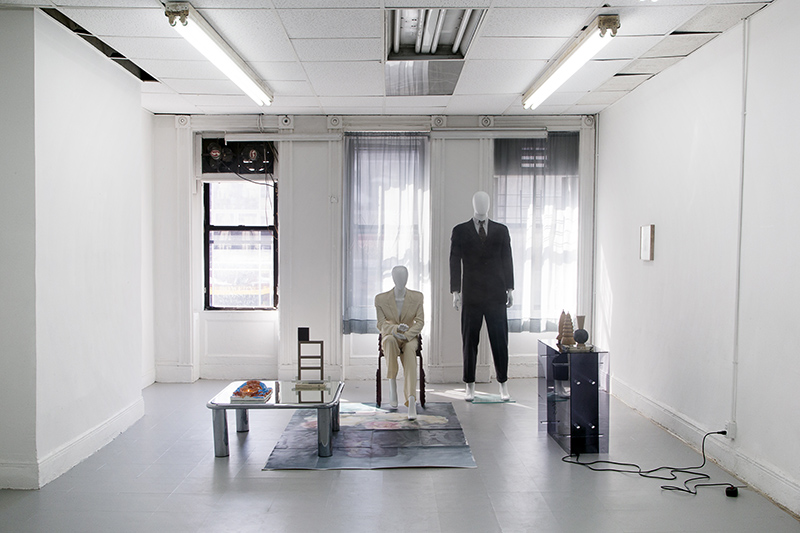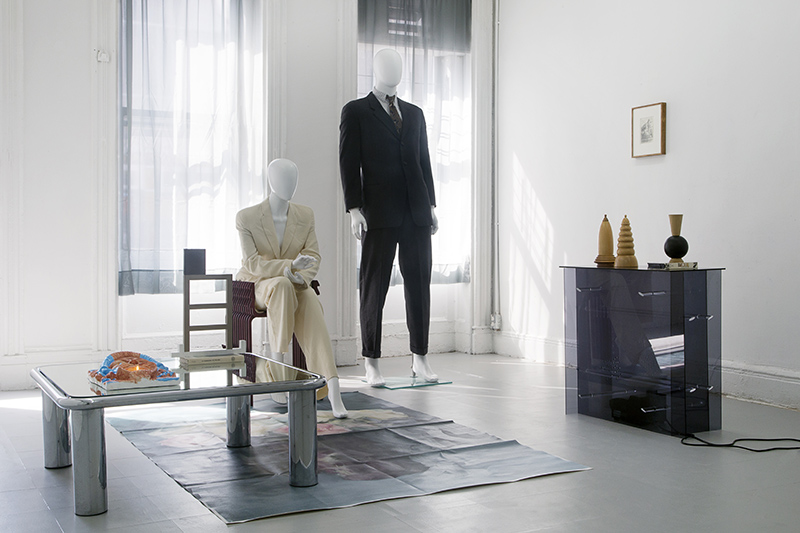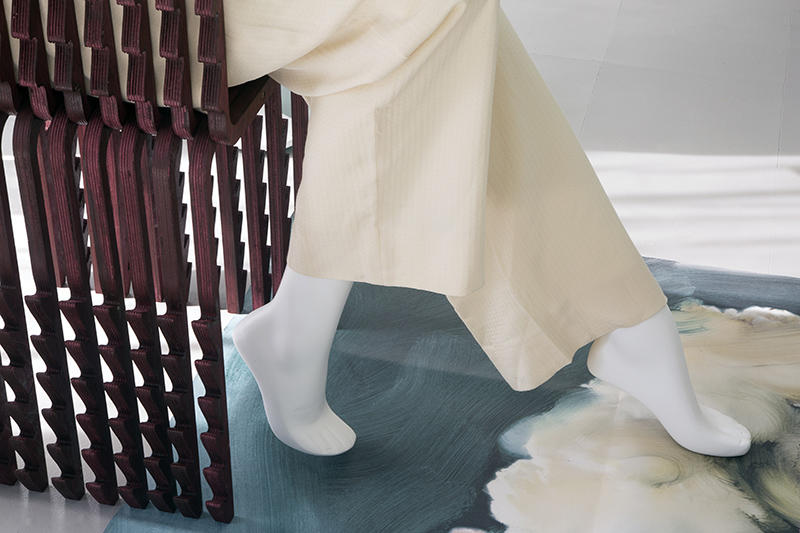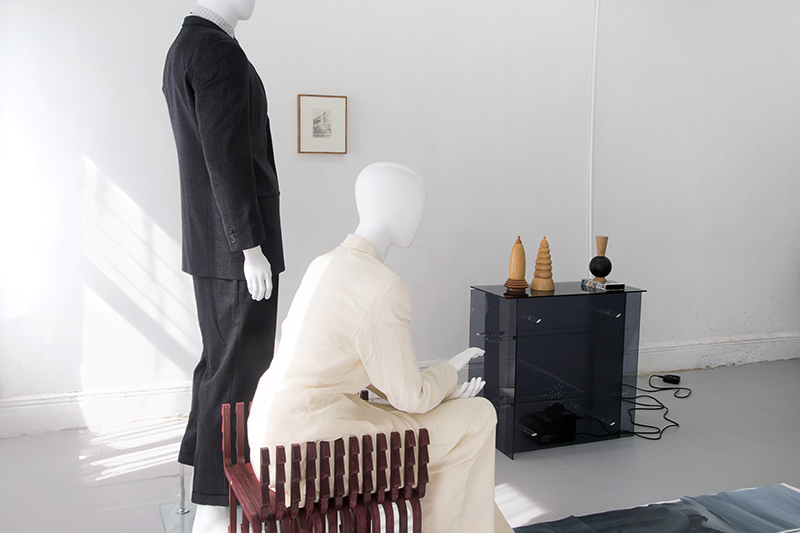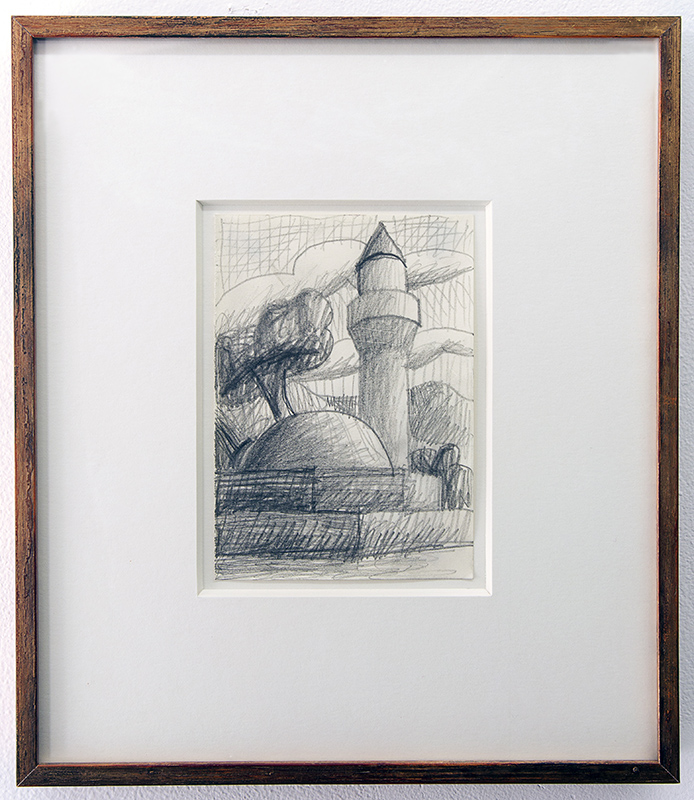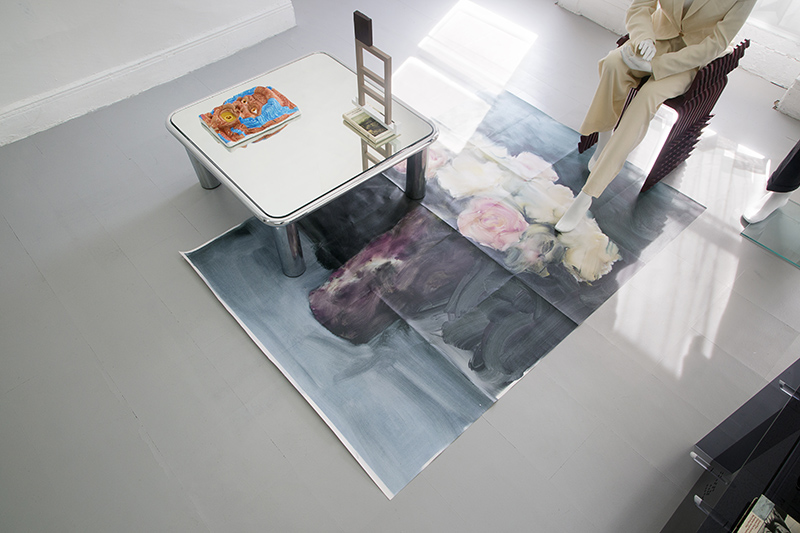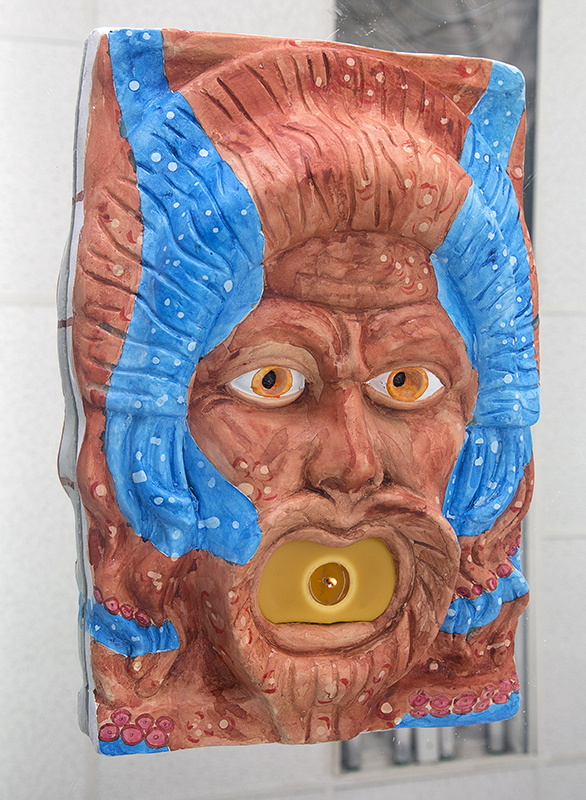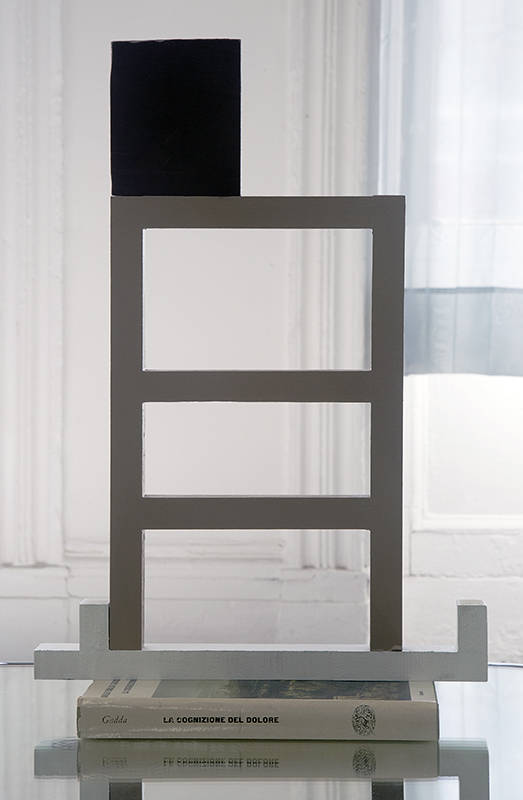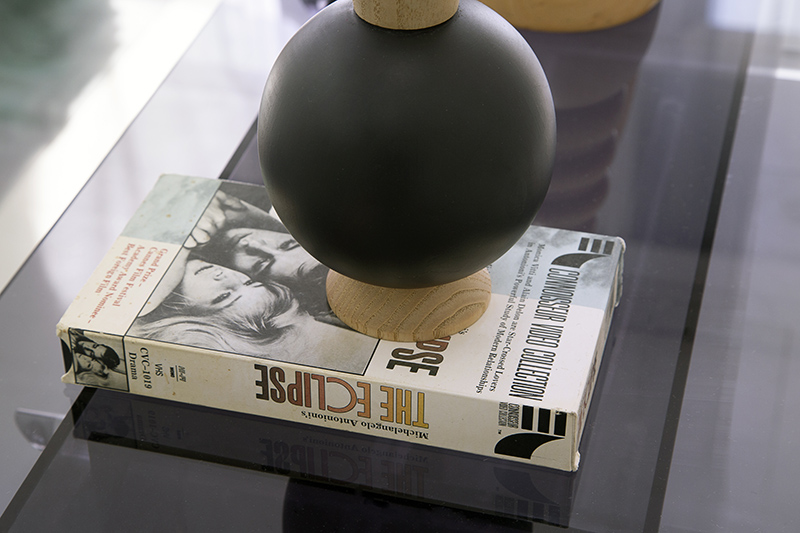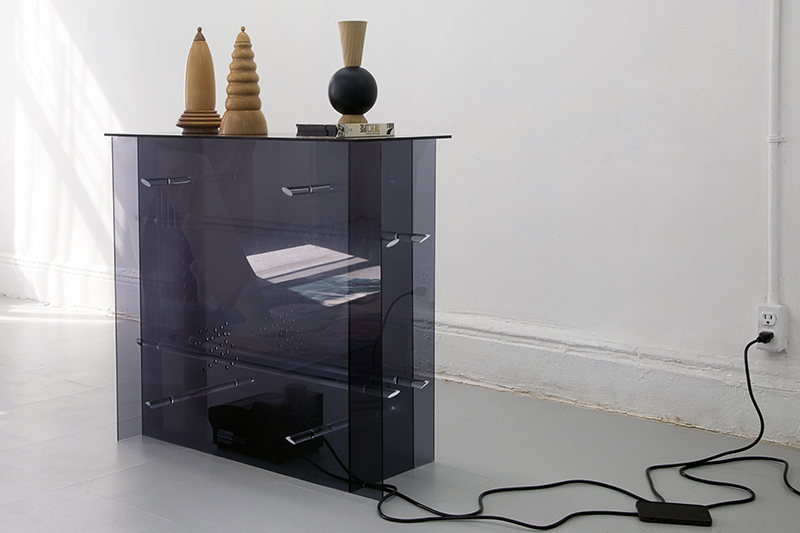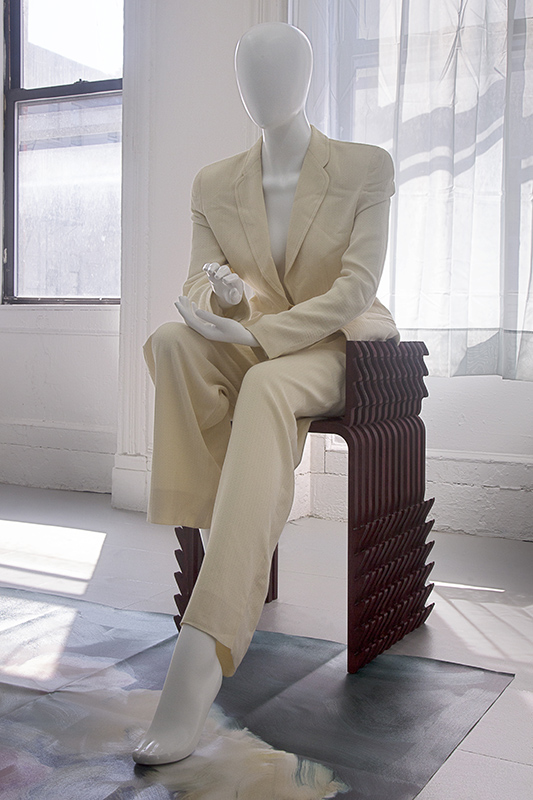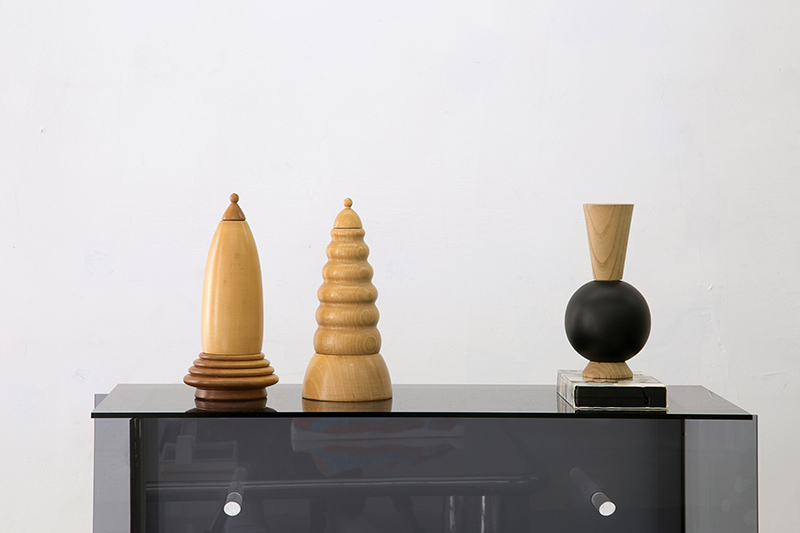“Nativity” is the reenactment of a memory. This show tests the potential of
the exhibiting gesture—inherently assertive and factual—to return instead an
absence, and thus explore the realm of the ghostly and unreal.
“Nativity” engages with the past through strategies like those of
sampling in music. Indeed, unlike in reenacted exhibitions, in which the
absence (of the original location, of the works) is configured as
a ‘subtraction’ in the visitor’s experience (see “When Attitudes Become
Form: Bern 1969/2013 Venice,” Fondazione Prada – Ca ‘Corner della
Regina, Venice, 2013), music is exquisitely able to echo the past in the
present. Tracks which are shaped by the sound of foregone days cannot
simply be labeled as ‘re-processed memories’—i.e. reinterpretations,
revisitations, remixes—; they are instead contemporary creations born with
the purpose of stimulating anamnesis and regret: they transport the listener
into a past which is extremely close to her own, while actually ‘mythical’
(see Burial, Rival Dealer, Hyperdub, 2013).
“Nativity” works like one of these music tracks: it doesn’t rebuild
(reenact) a scenario through documentary sources, but creates a ‘folkloric’
one. In order to reach a compromise between the dichotomous factual and
virtual, it makes use of the memory of a ‘somewhere’: a domestic space, a
living room, in Italy. The living room is temporally situated between the
second half of the 80s and the first half of the 90s. This chronology does not
purport to indicate events that occurred at this juncture, but rather the
identity of a lifestyle, and therefore an aesthetic understanding of the
environment.
The space is furnished strictly according to the trends of Italian design
from these years. Pastel colors dominate the space, especially cerulean,
which is the color of the powder, and gray—or rather, greige, the hue that
emerged out of Giorgio Armani’s creations. Traditional furniture and
ceramic objects contrast with the icy and rationalist tones of the design
objects. Ferns and other houseplants occupy the corners, while
reproductions of Impressionists’ masterpieces hang on the walls. Natural
light is never direct, but always filtered by thin curtains.
This living room belongs to a middle-class family, which here
celebrates daily rituals, as well as rituals of great occasions. For example,
during Christmas time, the room hosts a nativity scene: the sleek surface of
the coffee table is hidden under a landscape of moss and papier-mâché, a
blend of Middle Eastern pictorial clichés and a panorama of the Alps. The
crib is installed in a corner, graciously watched over by the mother and
father; gold, frankincense and myrrh are piously placed at its feet. A group
of pilgrims are set on their way to honor the new born.
